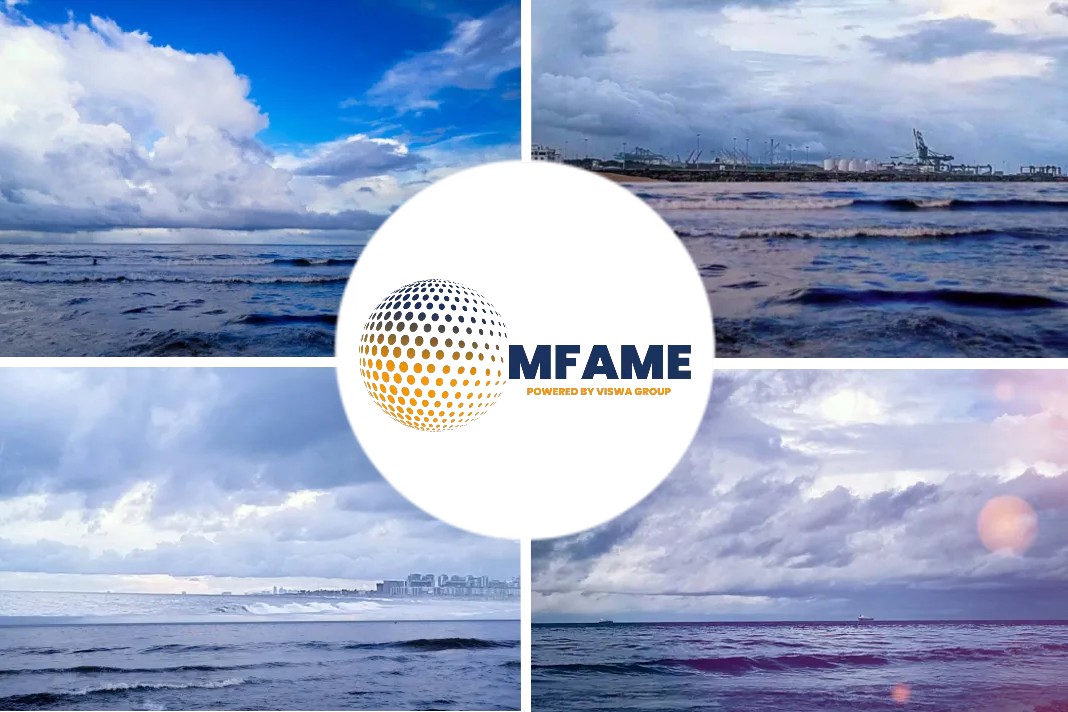Container operators are hardly hit by the LFSO marine fuel transformation which has escalated the fuel prices, posing a renewed risk to carrier profitability.
This adds to the twin threats of new container capacity coming on stream as softer demand hits after Chinese New Year.
Inside the bucket
Brent crude is forecast to top $70 a barrel this week which is at its highest level since mid 2015, increased by 35% in the past six months.
The trend shows little sign of abating besides the ongoing battle between OPEC and shale producers, where the former has limit the supply and geopolitical tensions with the support of Russian oil producers, particularly over Iran.
Ride on a roller coaster
Bunker costs for ships are rising virtually every day, with heavy fuel oil (HFO) now around $370 per tonne, compared with approximately $300 a year ago.
In the view of shipping companies it means that a 20,000 teu container vessel consuming around 250 tonnes a day at sea, even with slow-steaming, will see a clear financial implication on their container lines operations.
During Hapag-Lloyd’s third-quarter earnings call in November, chief executive Rolf Habben Jansen, reflected on a 47% hike in the carrier’s fuel costs in the nine-month period and said, rising bunker prices was “the biggest risk factor” for a sustained profitability.
Fuel dilemma
Ship operators must soon decide on the fuel strategy for their vessels. Do they go for LNG or fit exhaust gas cleaning systems, known as scrubbers or simply use LSFO?
Mr Jansen explained that although fuel price increases could, in theory, be passed on to customers, there was “always a delay factor in obtaining compensation”, which he said could “skew the P&L account”.
And with the new 0.5% global sulphur cap coming into force in 2020, carriers will also be casting an apprehensive eye at the respective rising cost of low-sulphur fuel oil (LSFO), currently around $600 per tonne, compared with $460 12 months ago.
Some carriers, including Hapag-Lloyd, have decided not to fit scrubbers, but if fuel prices continue to rise they may have to rethink.
What to expect?
Writing in Ship & Bunker, Dr R Vis, a director of Singapore-based fuel oil analyst Viswa Lab, calculates that assuming a differential between HFO and LSFO of around $200 per tonne, the additional cost for a 20,000 teu ship would be $50,000 a day.
And based on a vessel sailing for 300 days, Dr Vis reaches a mind boggling cost of an extra $15m a year using LSFO.
In contrast, the cost of installing a scrubber system for this size of ship would be around $8m, and based on Dr Vis’s calculations, this outlay could be recouped in just over six months.
However, bunker suppliers have also flagged up potential issues on the availability of HFO post-2020, on the current assumption that there will be fewer ships fitted with exhaust gas cleaning systems than not.
Meanwhile, the decision by CMA CGM to specify their newbuild 23,500 teu ‘megamax’ ships be powered by LNG is a wise move.
Did you subscribe for our daily newsletter?
It’s Free! Click here to Subscribe!
Source: The Load Star
























